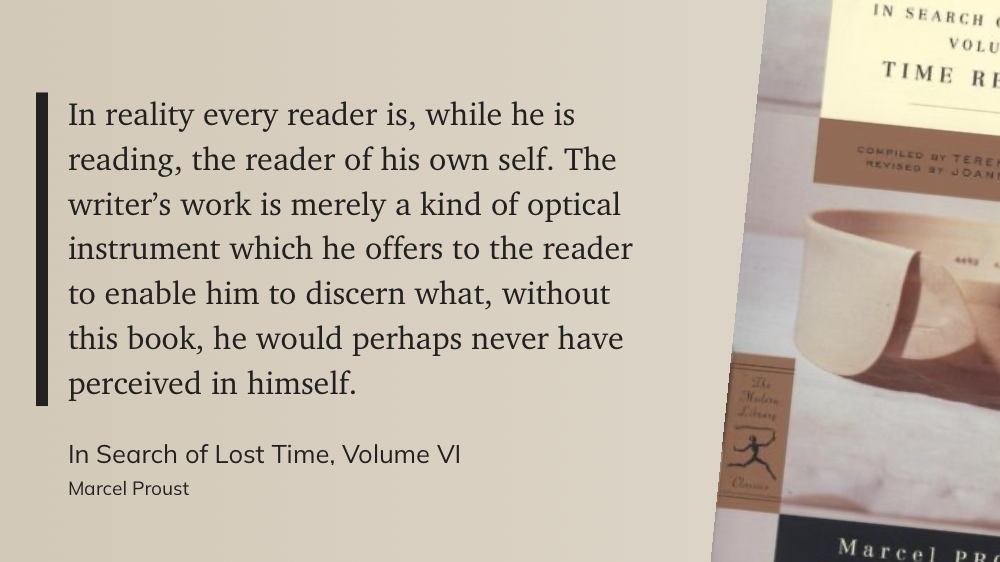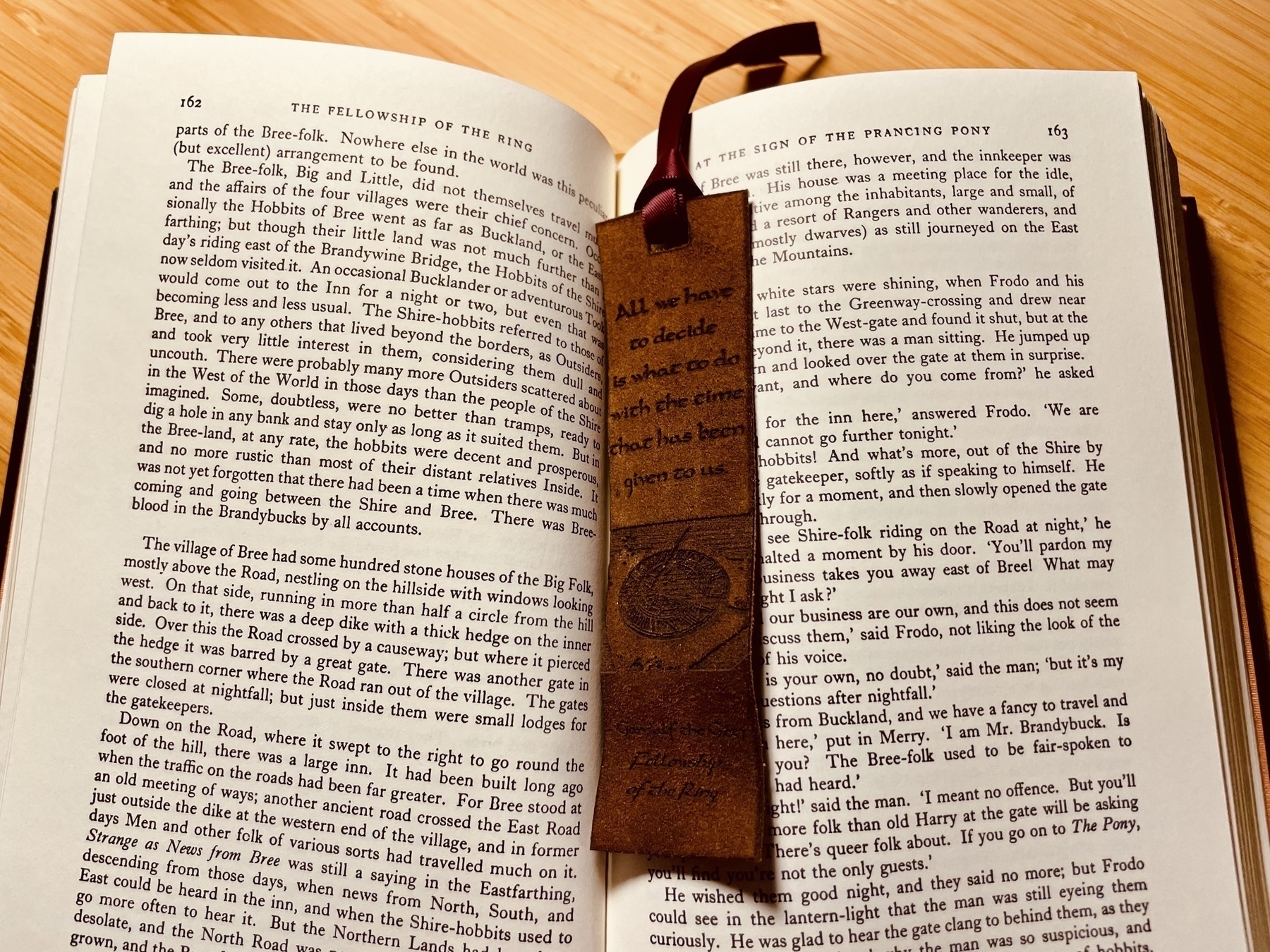
Currently reading: The Reformation by Will Durant 📚

Currently reading: The Reformation by Will Durant 📚

Finished reading: The Renaissance by Will Durant 📚
In the spring of last year, I started reading The Story of Civilization by Will and Ariel Durant. This is no quick undertaking. Spanning eleven volumes and 10,000 pages, it will take me the rest of this year to finish.
The first volume was published in 1935 when Durant had just turned 50. He published the final volume forty years later. Midway through these decades of writing, Will's wife Ariel became a co-author and active collaborator in this epic undertaking. Together, they read an average of five hundred books as research for each published volume.
The Story of Civilization is regarded as one of the most compelling narratives of world history ever written. The tenth volume, Rousseau and Revolution, won the Pulitzer Prize for general non-fiction in 1968. Goodreads currently gives these books a 4.4 out of 5. Such a high rating is rare, which indicates how readers truly admire the series. Essayist Jamie Todd Rubin chose these as the sole books to take along to his proverbial desert island, which was all the prompting I needed to start this adventure.
Steinbeck captures my basic attitude towards New Years Resolutions here in the third week of January:
It is very strange that when you set a goal for yourself, it is hard not to hold toward it even if it is inconvenient and not even desirable.
I surprised myself a little over a year ago by writing in a paper journal every morning. The surprise wasn’t that I was keeping a journal but that I was doing it by hand. I had been using the Day One journaling app to record my private thoughts for over a decade. But this was no ordinary year. After suffering an immeasurable loss, I yearned for the comfort that sometimes only flows from pen and paper.
Yet what’s even more surprising is that this was no momentary whim. I’ve kept up this daily habit of scribbling in a notebook in the morning and typing in Day One at night for over a year now. And I think I’ve pieced together why, for me, the combination of analog and digital writing has developed into the best possible journaling experience.
It’s been a couple years since I finished In Search of Lost Time by Marcel Proust. I read all six volumes with an amazing Twitter book group over the course of a year. I struggled with the serpentine sentences and French society references at the time, but passages like these stuck with me. 📚


Currently reading: The Master & Margarita by Mikhail Bulgakov 📚
I’ve used some version of Quicken for 35 years. That puts me in a stodgy demographic that manages money in a certain “this is how I’ve always done it” way. For the uninitiated, Quicken is a personal finance software program that helps manage your checkbook and credit cards, pay your bills, keep to a budget, and track investments. It’s available on Windows and Mac, though there are differences in capabilities between the two. There are companion apps for iPhone and iPad, but they feel like afterthoughts, lacking key functionality of the desktop software. Quicken Classic is sold as an annual subscription across three offerings: Deluxe, Premier, and the recently released Business and Personal edition.
Seven years ago, I switched from Quicken Premier for Windows to the less capable Mac version. I’ve written previous blog posts about using Quicken on the Mac: in early 2018 when I switched and follow-on updates in 2019 and 2020. In large part, I was critical of the Mac version of the software, particularly its inability to export investment data.
In the intervening four years since my last post, Quicken has improved in many ways, including the ability to export all its data, including investments, to Quicken for Windows. With this critical functionality in place, I thought it was time to provide an updated and favorable review of the Mac version of Quicken and how I rely on it to manage almost every aspect of my financial life.

Finished reading: Legends & Lattes by Travis Baldree 📚
I read 75 books in 2023, my high water mark for the most reading in a year. Books have always been like a warm blanket, and I needed that comfort during a most challenging year.
You think your pain and your heartbreak are unprecedented in the history of the world, but then you read. — James Baldwin
I took on some ambitious books during the year. I read Tolstoy’s Anna Karenina, which has long been on my to-be-read pile. I read a new translation of The Odyssey after having last followed the plight of heroic Odysseus some thirty years ago. I am tackling a multi-year reading of Will and Ariel Durant’s epic eleven-volume Story of Civilization. I inherited these books from my Grandmother twenty-five years ago, and I have finally found the time to read them. Discovering her careful handwriting in the margins of these books has revealed a new and somewhat startling side to my prim and proper Grandmother. What you mark and highlight says a lot about your thoughts and beliefs. It’s like a second history is being told in these pages. I’ve decided to leave my own trail of marginalia for my daughter, should she find the patience and fortitude to complete this generational journey herself one day.
 A Slow Read of The Story of Civilization
A Slow Read of The Story of Civilization

Finished reading: Wednesday’s Child by Yiyun Li 📚
My 75th book of 2023, which is a new personal record for the most books I’ve read in a single year. Many of the stories in this collection touch on the hard to articulate grief of losing a child, which hit home for me. ★★★★☆

Currently reading: An Immense World: How Animal Senses Reveal the Hidden Realms Around Us by Ed Yong 📚

Finished reading: Holly by Stephen King 📚
I found this lovely bookmark in my Christmas stocking. Santa knows me so well! 📚


Finished reading: The Private Library by Reid Byers 📚
Book-wrapt — that beneficient feeling of being wholly imbooked, beshelved, inlibriated, circumvolumed, peribibliated … it implies the traditional library wrapped in shelves of books, and the condition of rapt attention to a particular volume, and the rapture of of being transported to the wood beyond the world.
… and
Entering our library should feel like easing into a hot tub, strolling into a magic store, emerging into the orchestra pit, or entering a chamber of curiosities, the club, the circus, our cabin on an outbound yacht, the house of an old friend. It is a setting forth, and it is a coming back to center. Borges, of course, thought it was entering Paradise.
Sometimes a book feels like it was written just for you. May we all find ourselves Book-wrapt this holiday season. ★★★★★

Currently reading: Holly by Stephen King 📚

Finished reading: Writing Tools by Roy Peter Clark 📚
A slow read over the course of a few months, one chapter/writing tool per sitting. Lots of great tips and advice to improve your writing.

Finished reading: The Book on the Taboo Against Knowing Who You Are by Alan W. Watts 📚
Another compelling argument for being present in our lives, and paying close attention to the marvels that surround us.
How is it possible that a being with such sensitive jewels as the eyes, such enchanted musical instruments as the ears, and such a fabulous arabesque of nerves as the brain can experience itself as anything less than a god?

Currently reading: Wednesday’s Child by Yiyun Li 📚

Finished reading: The Vagabond’s Way by Rolf Potts 📚